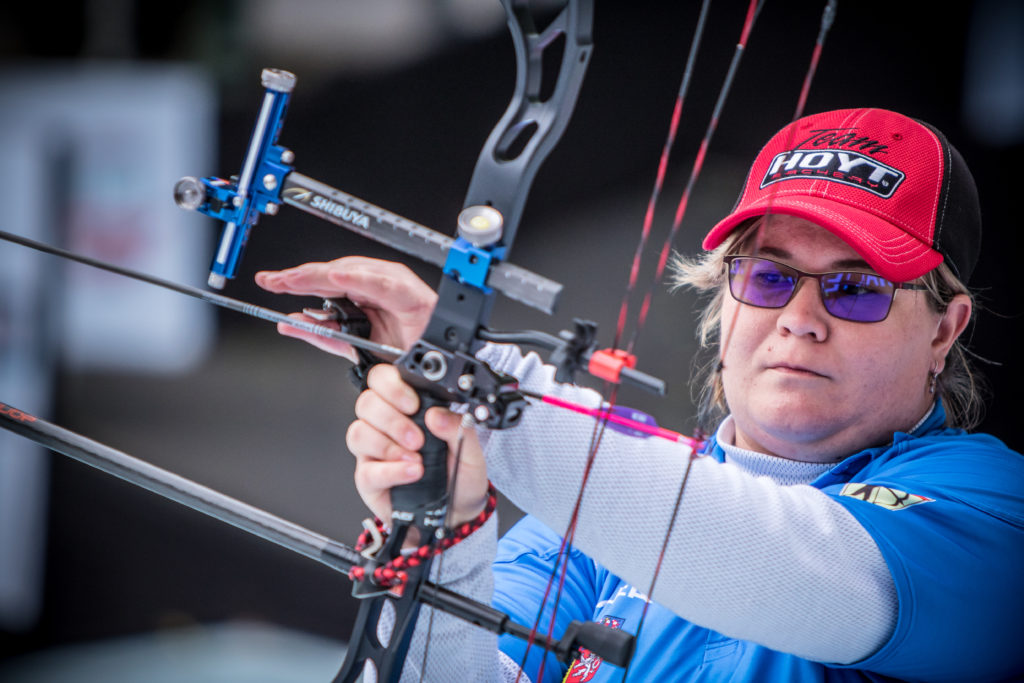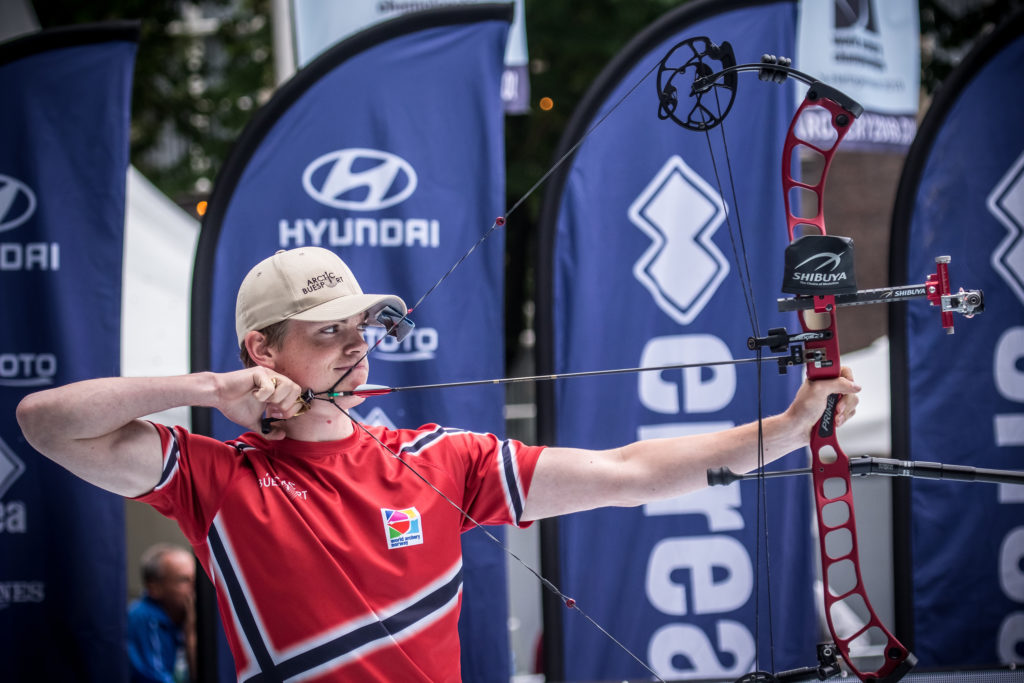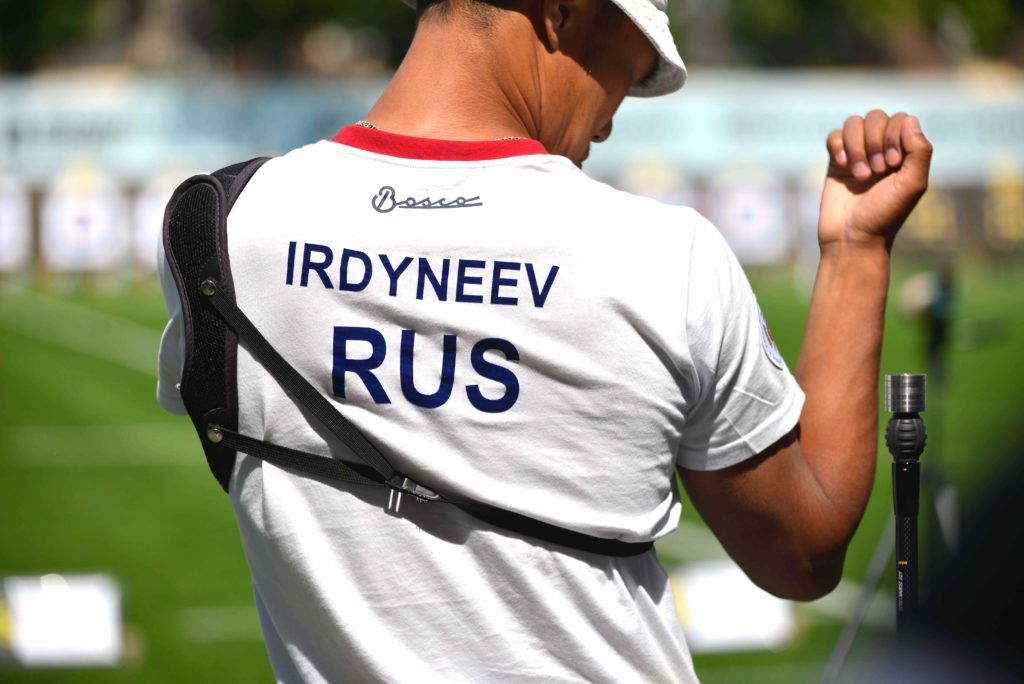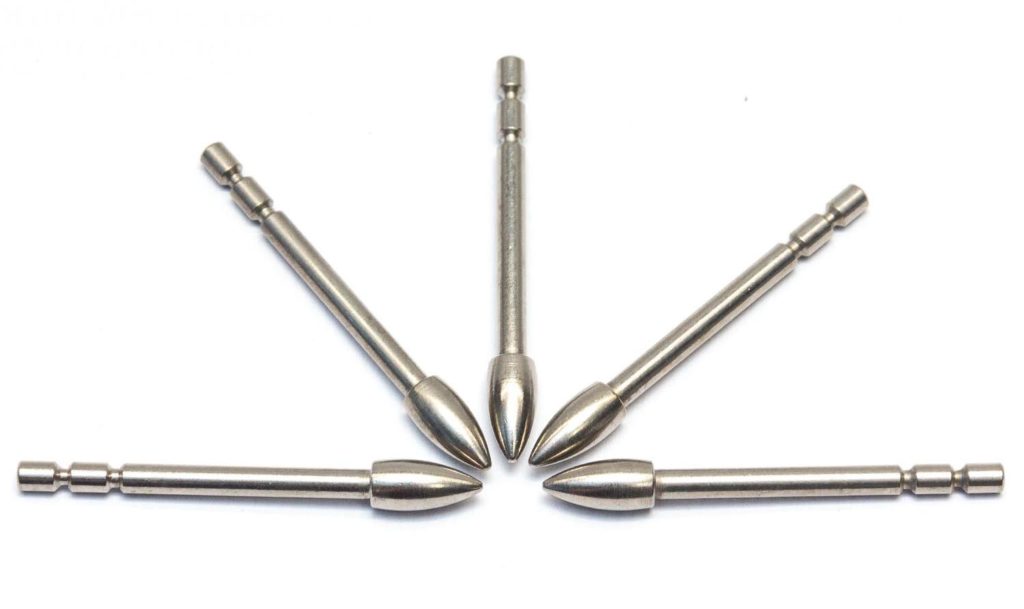Our expert panel answers your questions. Send yours to [email protected]
Q: I’ve just switched to compound archery and no one at my club or the local area knows anything about the discipline, so how do I expand my knowledge and skill with a compound bow?
Duncan Busby says: We all need a helping hand sometimes; whether you are looking to improve your shooting form or correctly tune your equipment, making progress is easier when you have support.
Traditionally this support comes from seasoned club members and coaches who are able to pass on their knowledge to less experienced archers, however when it comes to compound archery many shooters struggle to find the help they need.
Over the years I have heard the same stories about coaches who lack compound experience or clubs that have only one or two compound archers, which invariably leaves shooters frustrated and with no idea of where to go for help. So what options do you have if you are looking for any kind of compound coaching and advice?

Your first port of call should always be your club; so choose one with an experienced coach who is able to help with all things compound, it can also be useful to join a club with a large number of compound archers who are able to offer you support on the shooting line.
If you’re unable to find a compound friendly club in your area or you’re happy where you are try contacting your county coaching officer to see if there are any local coaching events you can take part in. But if you’re still struggling try getting in touch with your national governing body; you may be able to access their own coaches if you meet the right criteria.
For a more direct approach find an archery shop with an in-house coach or bow technician who is willing to offer advice, but be prepared to pay a small fee for their time if you are not specifically attending the shop.
If you are willing to make an investment in yourself consider finding a professional compound coach instead; there are independent archery coaches around the world who specialise in the compound discipline. Their unique knowledge and experience of the sport, sometimes as world-class competitors, distinguishes them from traditionally trained coaches.
My own experiences as both an archer and professional compound coach have given me a unique insight into compound archery. I’ve gained knowledge that is otherwise unavailable and used this to successfully instruct hundreds of compound archers across the UK.
Many professional coaches also work closely with local archery shops, so coaching sessions often come with full shop facilities and an indoor shooting range should you choose, I frequently run classes from Merlin Archery, so if you’re unable to shoot at your club or you want to stock up on equipment you’ll find everything you need under one roof.
Just remember to choose a coach with a good archery pedigree and who comes recommended by other archers, this should ensure any investment you make is worthwhile.
For those who want to go it alone there is a wealth of information online; this route isn’t for everyone and you need to be sure the advice you are following is from a reputable source.
There are hundreds of armchair coaches out there who are only too willing to hand out information, but without knowing your individual circumstances their advice could cause more harm than good, so be cautious when following any second hand advice.
If you are looking for information you can trust then check out some of the archery publications available; magazines and bookazines from the likes of Bow International use well-known contributors who know their stuff.
These often feature helpful articles on bow set up and shooting form, so have a look over some back issues to see if the information you are looking for is there.
For a full catalogue of all my Bow International contributions as well as information about professional compound coaching go to www.duncanbusbyarchery.com.
Q: I notice that some of the top professional compounders shoot with a longer than usual string loop. What is the thinking behind that ploy?
Roy Rose says: Body alignment is an imperative ingredient in the quest for consistent accuracy. For the recurve shooter, it is vital to be functioning with the body in line at 180 degrees, as string oscillation, and hence left and right arrows, obviously are minimized, if the archer is letting go of the string in a perfectly straight line.
Line is not essentially as critical with a compound, where a one-point release nullifies the archer’s paradox. Nonetheless, a longer loop for some compounders enables the anchor to be well back, and creates a more comfortable line and pulling position.
This can also be influenced by body type and facial construction. I personally shoot with a long loop as I really feel it enhances my scapula motion, and the consistency of my execution. It is, once again, another example of the concept that “comfortable is repeatable”.

Archers like me, with a quite narrow shoulder girth, and quite short, stocky arms (and hence a lesser draw length) may be strong candidates for extra loop length. If you feel your front and back halves need better line, then the obvious choice would be to give it a try.
Logically the loop cannot be excessively long, as curvature around the jaw line of the loop, will invite torque and release inconsistencies. A slight advantage is a minor upgrade in bow speed.
Some really great shooters over the years including Randy Ulmer, Jamie van Natta, Braden Gellenthien, Dejan Sitat, Chance Beauboeuf, Jacob Marlow and David House, to name but a few, prefer longer loop sizes. World number one Stephan Hansen also employs a sizeable loop length.
Q: Can you describe how to get your shoulders in correct position, and therefore back tension actually functioning, in the shot?
Patrick Huston says: Getting correct back tension is something which every recurve archer is aiming towards. Back ‘tension’ is not actually the correct phrase (despite it being what everybody uses.
We should actually be aiming to have the muscles in the back active but not tense. However this does take a long time to achieve properly. The rear shoulder blade should be as far round behind the front shoulder as you can.

I recommend coming into your anchor point from about four inches away from your face laterally i.e. From towards the archer in front. This allows your scapula to move in a rotational motion rather than trying to make rotation from a straight line.
The front shoulder should be pushing forward powerfully into the bow, using your lats and pectoral muscles. This is often neglected by many archers but is very important.
As an exercise: I recommend leaning against a wall and pushing yourself away from it with your arm out to your side. Try to push as far away as you can, this is the position and feeling you should have with your front shoulder.
Q: Is there a way to determine what point weight you should be using in your arrows without the trial and error, as this can get costly when using snap-off points?
Andrew Smith says: Point weight affects the front of centre balance (FOC) of an arrow; it determines the parabolic shape of the trajectory to the target, especially at the longer distances.
Too heavy a point will cause the arrow to drop quicker. For archers shooting lighter draw weight bows, this can have a dramatic effect on the ability to get a good sight mark, as the arrow has to be aimed higher, exposing it for longer to the elements, thus reducing the accuracy of the arrow.
The point weight required to achieve a good FOC will be slightly different for each archer. Arrow length and the specific components used all form part of the equation, hence the suggested values for recurve target archers using carbon shafts to be between 9% and 12%. Aluminium shafts would be around 7%.

The basic definition of FOC is the percentage difference between the midpoint of the arrow’s length and the centre of gravity (balance point) of the arrow (as compared to the total length). You can find an easy way to calculate your FOC on the Easton website: https://eastonarchery.com/2014/06/foc/
There are also online calculators which make the process easier.
The biggest mistake is to shoot too heavy a point because you are reluctant to break off 10 grains from a set of expensive tungsten points, and/or you feel it will reduce wind drift.
The recommendations for point weight quoted by arrow manufactures are a very good guide and keep the FOC within guidelines. Archers should not need to stray from these if they have taken the care to select the correctly-spined shaft.
For serious archers, point weight evaluation will always form part of the longer overall bow tuning process to gain those extra few points.


What is the best way to stop a peep sight twisting?